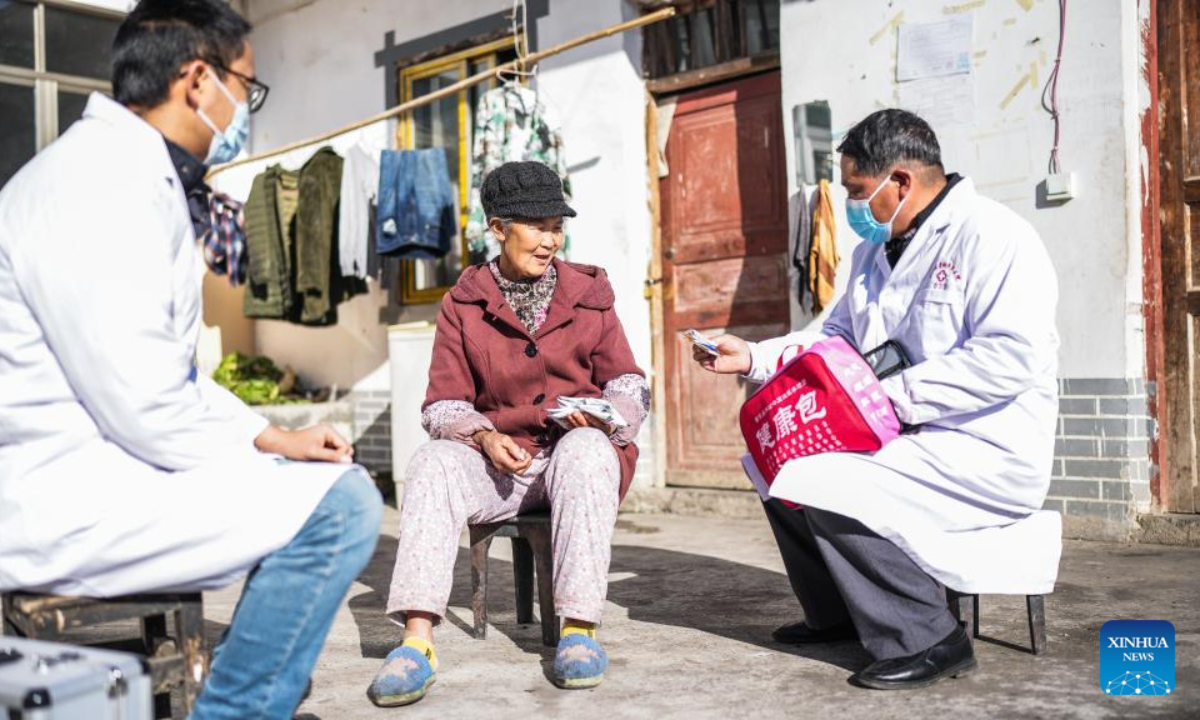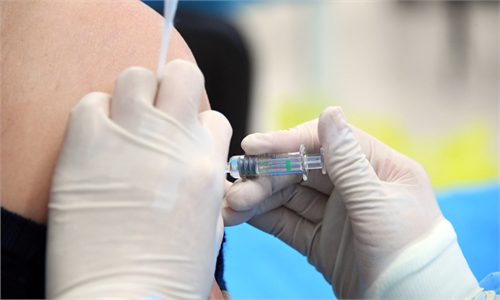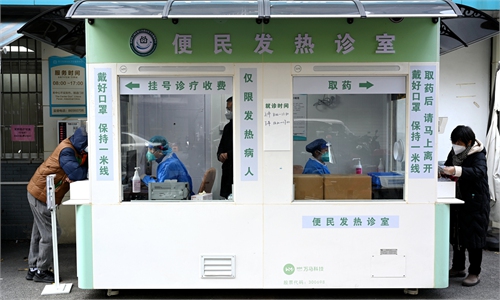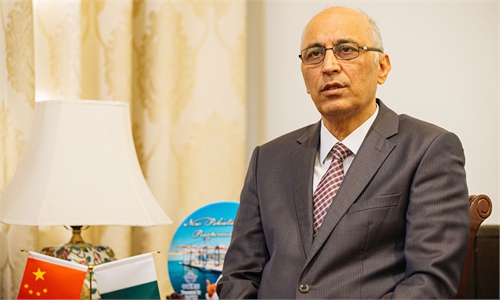Efforts urged to fight COVID in Chinese rural areas like fighting poverty to build grassroots healthcare defense line

Medical workers send medicines to villagers in Haifa Village of Zhongshan District of Liupanshui, southwest China's Guizhou Province, Jan 6, 2023. Photo:Xinhua
While the Spring Festival travel rush, known as chunyun, officially kicked off on Saturday, China's top health authority called for enhanced epidemic prevention and medical treatment in rural areas given that many areas are dealing with insufficient medical resources and large populations. Officials stated that localities must fight the epidemic in rural areas like fighting poverty, expanding grassroots medical resources and enhancing monitoring of health status of key populations.
Rural areas and communities are an important gateway for epidemic prevention and control, which also serves as "the last mile" to ensure people's health, Mi Feng, spokesperson of the National Health Commission (NHC), told a press conference on Saturday.
"Early management" is a major part of our rural and grassroots epidemic prevention and control work, including early identifying infection and those with severe illness and early intervention by providing necessary oxygen-related equipment and adequate treatments, Nie Chunlei, director of the Grassroots Healthcare Department of the NHC, told the press conference.
So far, 98.7 percent of the rural clinics and community health service centers have opened fever clinics, accounting for over 60 percent of the country's total fever clinics, playing a key role as the "first defense line."
To identify infections as early as possible, localities should contact and provide services at least twice a week with key groups including seniors above 65 years old, pregnant women, children and the disabled, Nie said.
Grassroots authorities are also required to expand emergency transport capacity as each rural and township clinic should be equipped with at least one ambulance, and make sure that the emergency calls can be received 24 hours a day and vehicles can be dispatched quickly, he said.
For elderly residents who are infected and also suffer from chronic obstructive pulmonary disease, diabetes, cardiovascular disease and other underlying diseases, they should be referred to medical institutions with treatment capabilities as soon as possible, and can be directly transferred to tertiary hospitals, he said.
To ensure that the relevant epidemic measures can be effectively carried out as China will downgrade its COVID management from Class A to Class B from Sunday, January 8, the NHC is deploying 15 working groups to different parts of the country to guide rural epidemic prevention by enhancing tiered diagnosis and treatment, increasing grassroots services capabilities and monitoring key groups, Mi said.
In several of China's larger cities including Beijing, Shanghai and Guangzhou, the COVID-19 infection peak is expected to draw to an end around New Year's Day, according to a recent study by a leading Chinese research team.
Outbreaks are expected to mainly affect rural areas and small and medium-sized cities between New Year's Day and the Spring Festival, which falls on January 22, the study also showed.
The study highlighted that of particular concern is the lack of healthcare resources in rural areas and small and medium-sized cities in China, as well as the large number of seniors and people with underlying diseases. The flow of urban and rural populations during chunyun will also greatly influence the course of the epidemic.
There are more challenges for prevention work in rural areas especially when more people are returning home.
When asked about the situation that many rural areas face insufficient medical resources and shortage of medicines in addition to a shortage of medical staff, Nie said the shortage of medicines and medical supplies were mainly due to insufficient preparation during the early stages of the outbreak. When the peak arrives, the supply of medicines will not be adequate for a while and there are also problems in coordinating logistics.
To tackle those issues, the State Council's joint prevention and control mechanism established a daily dispatching system by ensuring supplies, especially prioritizing the medical supplies to rural areas and use both traditional Chinese medicine and Western medicine.
Global Times



